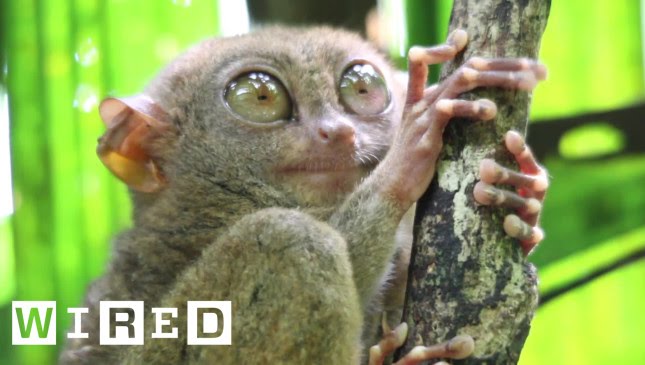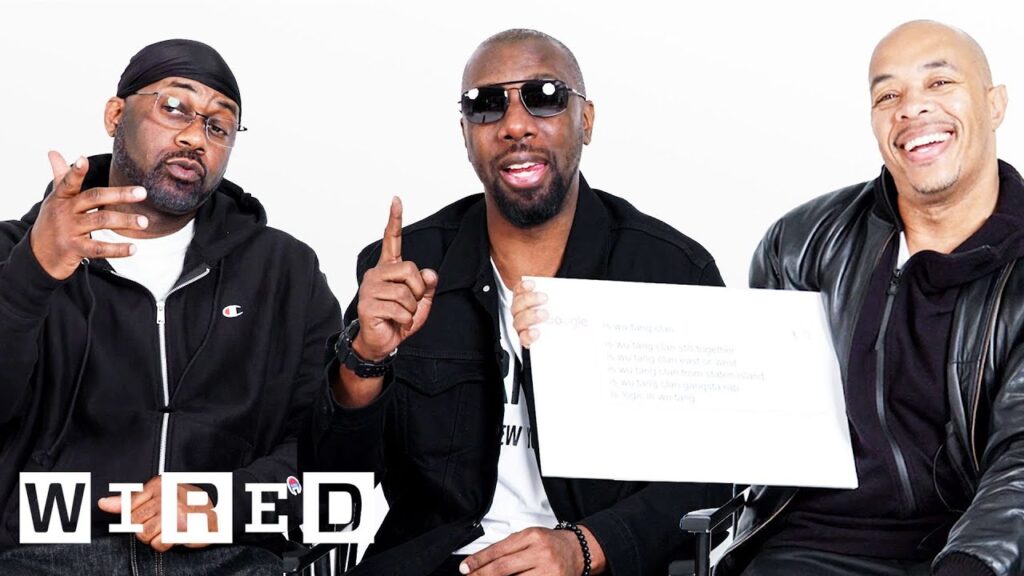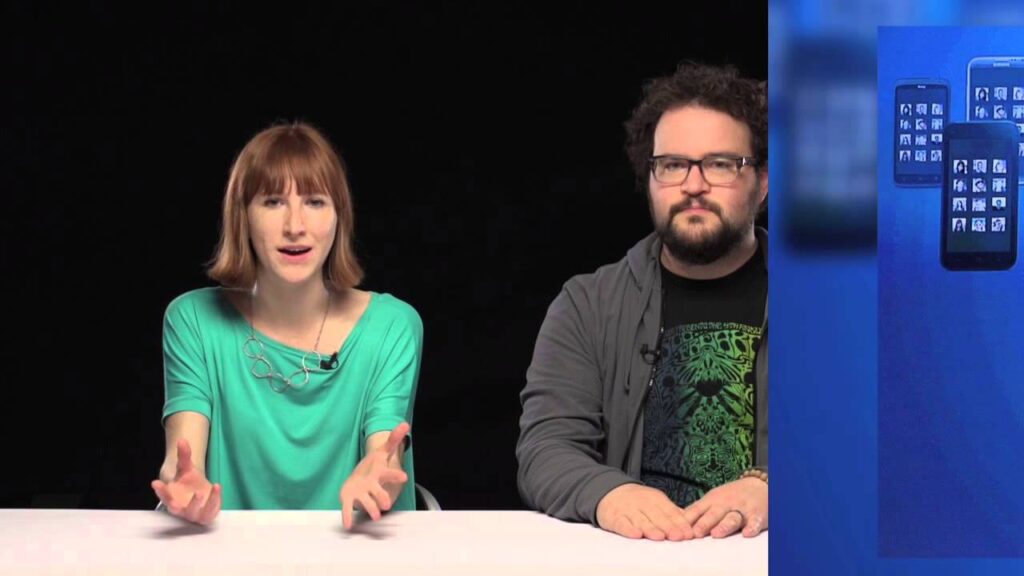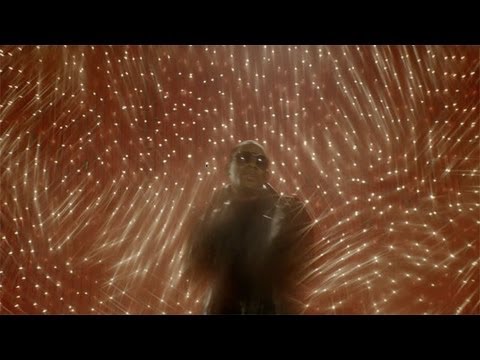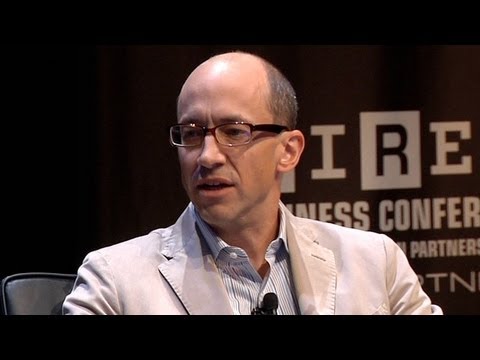Q&A: Exploring the Mysteries of Middle-earth
Summary
In this Q&A article, we explore some of the mysteries of J.R.R. Tolkien’s Middle-earth universe, touching on topics such as the weapon Sauron used in the final battle, the race of Sauron, the color of wizards, and the existence of compasses. We also dive into questions about the Entwives, Arwen’s choice, Melkor’s role in Numenor, and the use of symbolism in Tolkien’s works.
Table of Contents
- What Weapon Did Sauron Use in the Final Battle?
- Were Theoden and Denethor’s Names Intentionally Similar?
- What Race Did Sauron Belong To?
- Why Did Gandalf’s Color Change?
- Did Compasses Exist in Middle-earth?
- Why Does the Black Speech of Mordor Look Pretty on the Ring?
- What Happened to the Entwives?
- Are There Any Towns or Villages in the Shire Not Inhabited by Hobbits?
- Other Questions About Middle-earth
Introduction
J.R.R. Tolkien’s Middle-earth universe is full of mysteries and unanswered questions that have captivated readers for decades. Tolkien’s attention to detail and his vast knowledge of languages and mythologies created a rich and complex imaginary world that continues to fascinate readers to this day. In this Q&A article, we seek to explore some of the lesser-known aspects of Middle-earth and shed light on some of the most intriguing questions about Tolkien’s works.
What Weapon Did Sauron Use in the Final Battle?
One of the most fascinating questions about the War of the Last Alliance is what weapon Sauron used in the final battle. According to Tolkien, Sauron used his hand to kill Gil-Galad, the High King of the Noldor. This is a testament to Sauron’s tremendous power and shows that he did not need a physical weapon to defeat his enemies. It also emphasizes the vulnerability of even the mightiest of elves in the face of Sauron’s dark power.
Were Theoden and Denethor’s Names Intentionally Similar?
The similarity between the names Theoden and Denethor has led many fans to wonder if Tolkien intentionally linked the two characters. However, the truth is that Theoden’s name comes from the Anglo-Saxon word “theod,” which means “kin” or “people,” a common theme in the names of the kings of Rohan. Denethor’s name, on the other hand, is derived from the Elvish language, and its meaning is not related to Theoden’s name. Although the similarity between their names may have been coincidental, Tolkien was known to be sensitive to the sound of words, and it is possible that he chose their names with this in mind.
What Race Did Sauron Belong To?
One of the most intriguing questions about Sauron is what race he belonged to. Unlike the elves, dwarves, hobbits, and men in Middle-earth, Sauron was not a mortal creature. Instead, he was a Maiar, a semi-divine being who came into existence before the creation of the physical world. Sauron was originally a servant of Melkor, the first Dark Lord, but he later betrayed his master and became a Dark Lord in his own right.
Why Did Gandalf’s Color Change?
Fans of the Lord of the Rings trilogy will notice that Gandalf’s color changes from gray to white in the second book. This change is not a result of a company-wide promotion, but rather a change in Gandalf’s job description. As Gandalf explains to Aragorn, Legolas, and Gimli in The Two Towers, he has been sent back to Middle-earth to fight Sauron and needs greater power and authority to fulfill his mission. Thus, he is promoted from Gandalf the Gray to Gandalf the White, a more powerful and authoritative title that reflects his new role as a leader of the fight against evil.
Did Compasses Exist in Middle-earth?
While there are no explicit references to compasses in Tolkien’s works, it is likely that they would have existed in Middle-earth. Compasses are a simple and useful navigational tool that have been used by sailors and travelers for centuries, and it is reasonable to assume that they would have been invented in Middle-earth as well. However, as with many aspects of Middle-earth, Tolkien may have chosen not to include compasses in his stories because they did not fit with the overall tone or themes he was trying to convey.
Why Does the Black Speech of Mordor Look Pretty on the Ring?
Another intriguing aspect of Tolkien’s works is the relationship between beauty and evil. In the case of the Black Speech of Mordor, which is spoken by Sauron’s minions, it is described as ugly and harsh. However, inscribed upon the One Ring, the Black Speech of Mordor looks beautiful and ornate. This apparent contradiction can be attributed to Tolkien’s skill as a linguist and his ability to create beautiful scripts and alphabets. It also raises questions about Sauron’s ability to create beauty himself, and the extent to which his evil is tied to ugliness and harshness.
What Happened to the Entwives?
The Entwives are one of the great mysteries of Middle-earth. These tree-like beings were said to be the companions of the Ents, but they became estranged from their male counterparts during the wars of the Second Age. According to Tolkien, their fate remains unknown, as he deliberately left their story unfinished. This has led to much speculation among fans, with some suggesting that the Entwives may have gone to the east or west, while others believe that they may have been destroyed in the wars or turned to evil.
Are There Any Towns or Villages in the Shire Not Inhabited by Hobbits?
The Shire is known as the homeland of the hobbits, but there are actually several towns and villages in the Shire that are not inhabited by hobbits. These include Nickeldelving, Buckland, and Tuckborough, which are home to humans, hobbits, and other creatures. However, the hobbits are by far the most dominant race in the Shire, and it is their culture and way of life that define the region.
Other Questions About Middle-earth
In addition to the questions listed above, there are many other mysteries and unanswered questions in Tolkien’s Middle-earth universe. These include the pluralization of “dwarf,” the urgency of taking the last boat to Valinor, Arwen’s choice to become mortal, the lack of a book specifically about the goblin-dwarf war, and the role of Melkor in corrupting Numenor. Tolkien’s use of mythology and symbolism is also a rich and fascinating topic that deserves further exploration, as it offers insights into the deeper meaning of his works and their lasting relevance today.
Conclusion
J.R.R. Tolkien’s Middle-earth universe is a rich and complex world that has captivated readers for generations. From the elves and dwarves to the hobbits and men, Tolkien’s attention to detail and his vast knowledge of languages and mythologies created a world that continues to inspire and delight readers today. By exploring some of the mysteries and unanswered questions of Middle-earth, we gain a deeper appreciation for Tolkien’s genius and the enduring appeal of his works.


